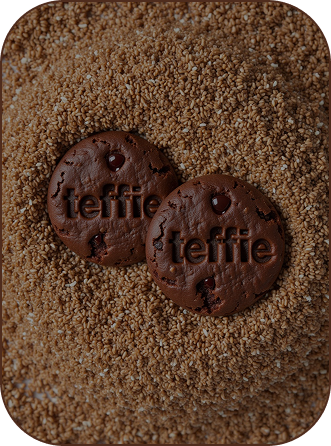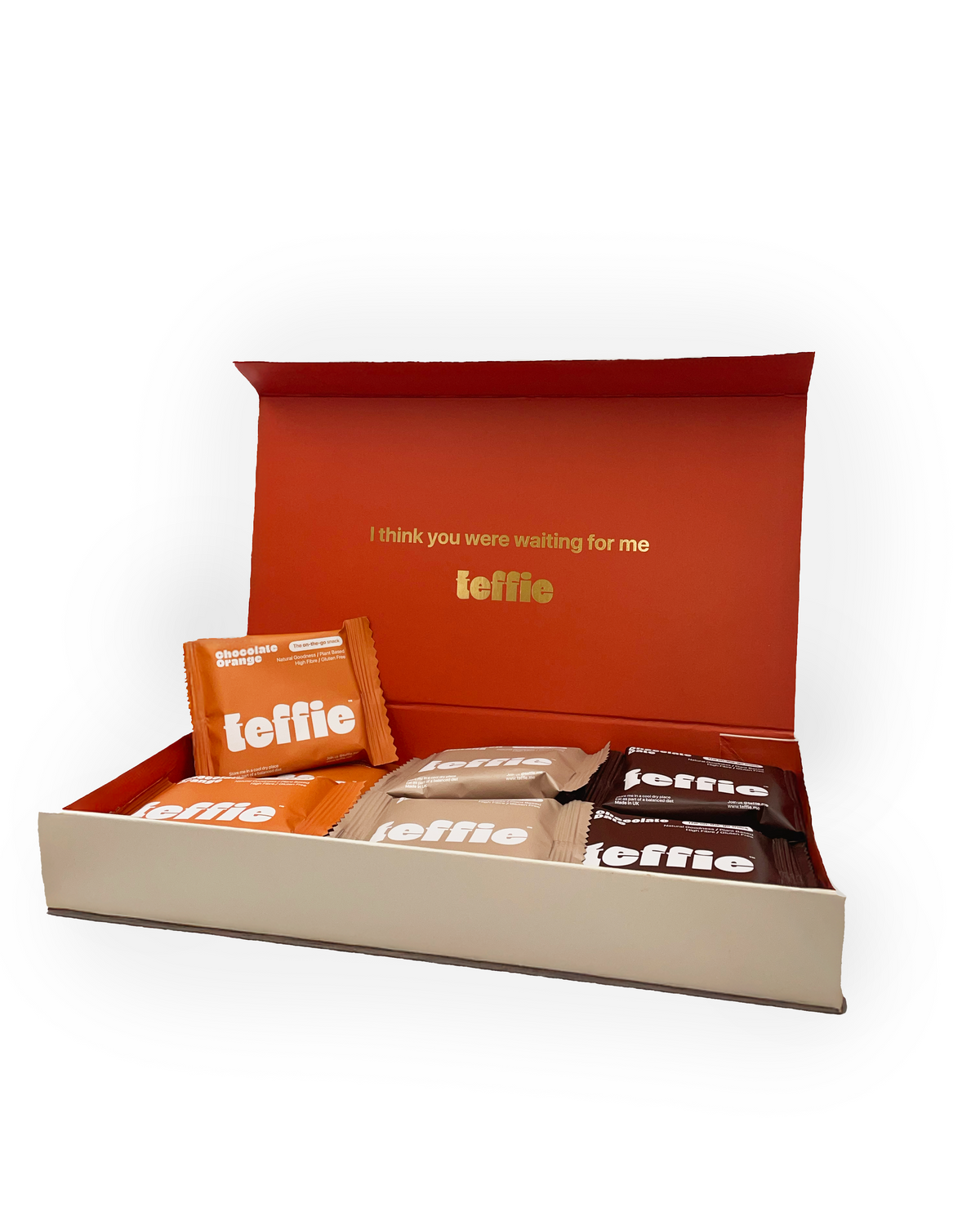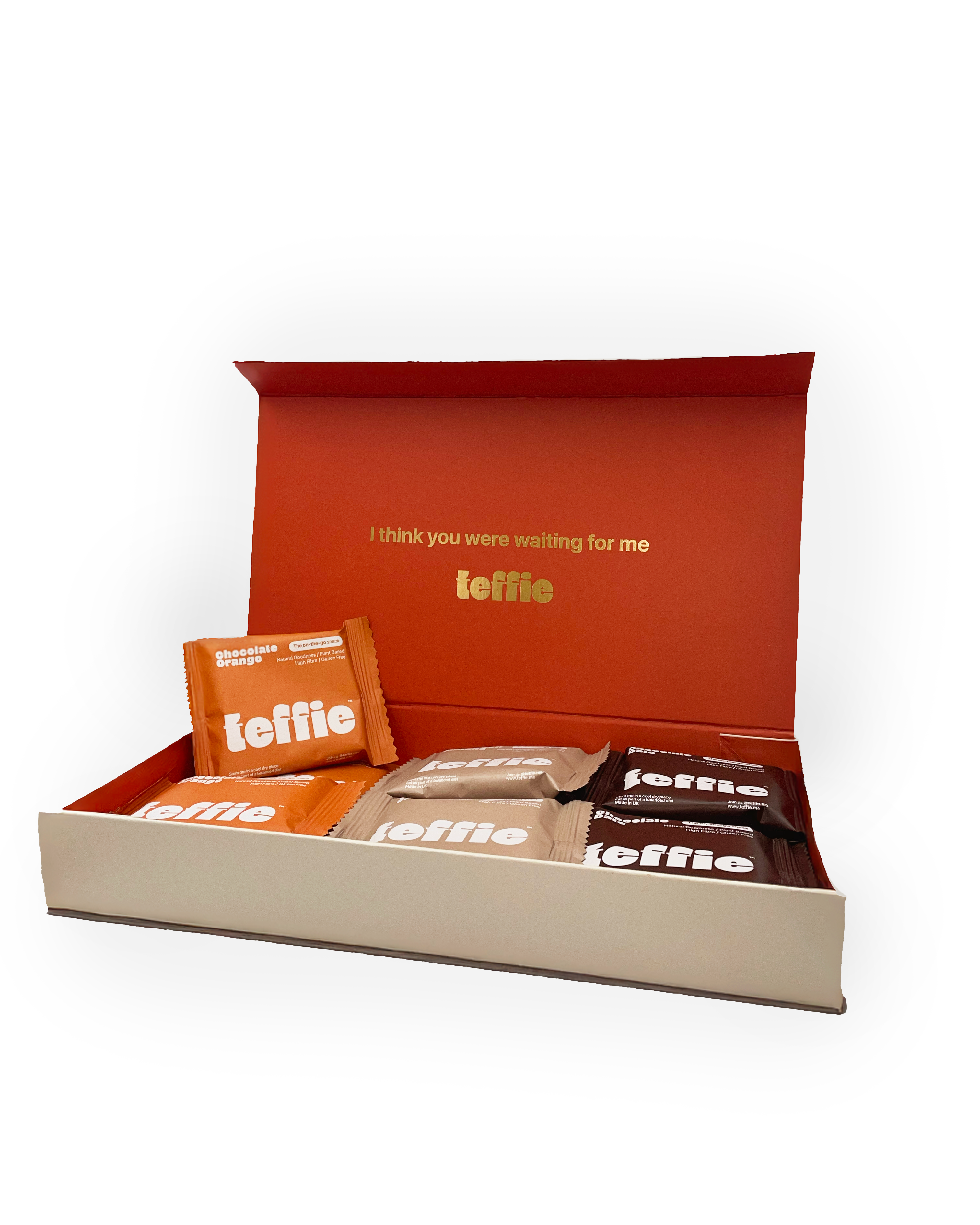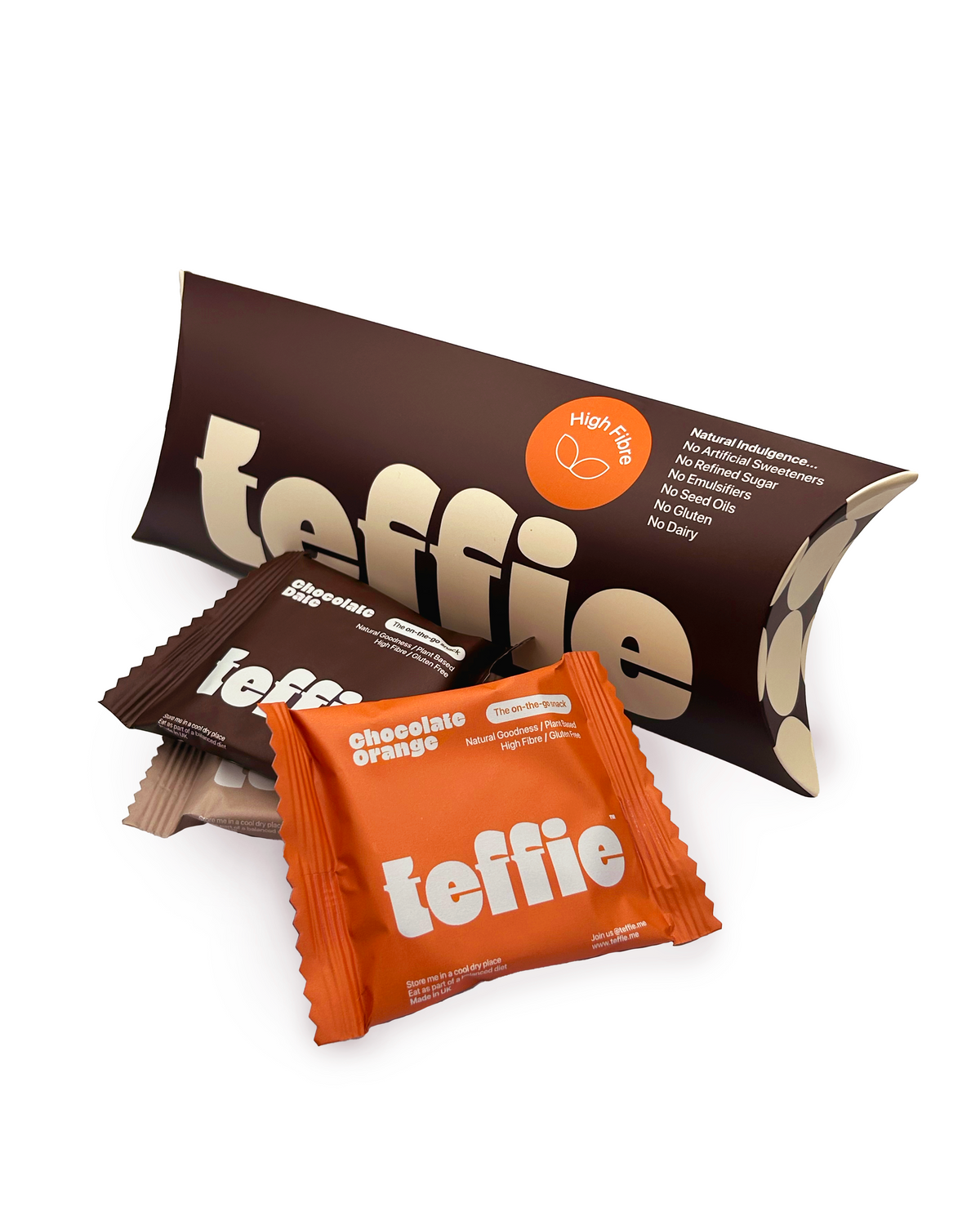What is Teff?
Discover the Ancient Grain Powering the Future of Snacking.
Teff isn’t a new health fad - it’s been a staple in Ethiopian and Eritrean cooking for over 3,000 years, fuelling everything from family meals to world-record-breaking long-distance runners.
We're proud to build on that legacy - bringing the power of teff to your snack time in a whole new way. At the heart of our snacks is this ancient grain - a naturally gluten-free, nutrient-rich alternative to more common grains like wheat, rice or even quinoa

What is Teff? A Tiny Grain with a Giant Legacy
Teff (Eragrostis tef) is a naturally gluten-free, high-protein ancient grain that originates from East Africa. Despite being one of the smallest grains in the world, it’s packed with nutrients and offers a powerful nutritional punch.
For over three millennia, teff has been a dietary staple in Ethiopia and Eritrea. Known for fuelling elite distance runners, it's earned the nickname: “the runner’s superfood.” Today, teff is gaining global recognition for its impressive health benefits and sustainable growing practices.

Teff vs Quinoa
Teff - The ancient grain that outperforms other staples. Teff stands out as a nutritional all-star when compared to other popular grains like wheat, rice, and quinoa.
One of the most remarkable features of teff is its amino acid profile, offering a complete set of essential amino acids, which is rare among plant-based foods. In contrast, grains like wheat and rice lack certain essential amino acids, making them incomplete protein sources.
The mineral content of teff is another area where it outshines its counterparts. Teff is an excellent source of calcium, providing approximately 123 mg per cup, which is significantly more than wheat (~22 mg per cup) and brown rice (~20 mg per cup). It's also rich in iron, with around 5 mg per cup, compared to quinoa's 2.8 mg and wheat's 1.4 mg per cup. Additionally, teff is low in phytic acid* meaning that the iron from teff is more easily absorbed by the body. *phytic acid is an inhibitor of iron absorption meaning that the iron in teff can be better absorbed than the iron in other plant-based sources.
Teff also boasts an impressive fibre content, which contributes to better gut and cardiovascular health, as well as helping to manage blood sugar levels. While a cup of cooked quinoa contains about 5 grams of dietary fibre, teff provides around 7–8 grams per cup. In comparison, white rice falls far short, offering only about 0.6 grams of fibre per cup.

Nutritionist-approved
We work with Nutritionist, Dr Scott Robinson. Dr Scott works with lots of top athletes to help them reach their peak performance through nutrition.
He's tested our snacks with his clients and seen some incredible results. Here's what he said:
"When Teffies are embedded as a part of their routine, our athletes report more sustained energy, improved satiety* and fewer cravings throughout the day; especially late at night."
*Satiety means that feeling of fullness you get after eating.

Fuelling the Future
Did you know 75% of the world’s food comes from just 12 crops and 5 animal sources? With changing climates, that makes us vulnerable to food shortages. Teff is not only a very healthy grain, it’s also a resilient crop. It uses 10 times less water than wheat to grow and can grow in poor soils. Adding teff to our diets helps add diversity to our food supply. Our teff is responsibly sourced from farmers outside of Ethiopia and Eritrea to avoid causing political volitility and price fluctuations.
Shop Now
-
Taster Box
0 (0 Reviews)Regular price £7.50 GBPRegular priceUnit price / per -
 From £1.49 per pack
From £1.49 per packSnack Box - Mix and Match
0 (0 Reviews)Regular price £30.00 GBPRegular priceUnit price / per£90.00 GBPSale price £30.00 GBPFrom £1.49 per pack -
 Sold out
Sold outGift Box - 12 Teffies
5.0 (2 Reviews)Regular price £30.00 GBPRegular priceUnit price / per





